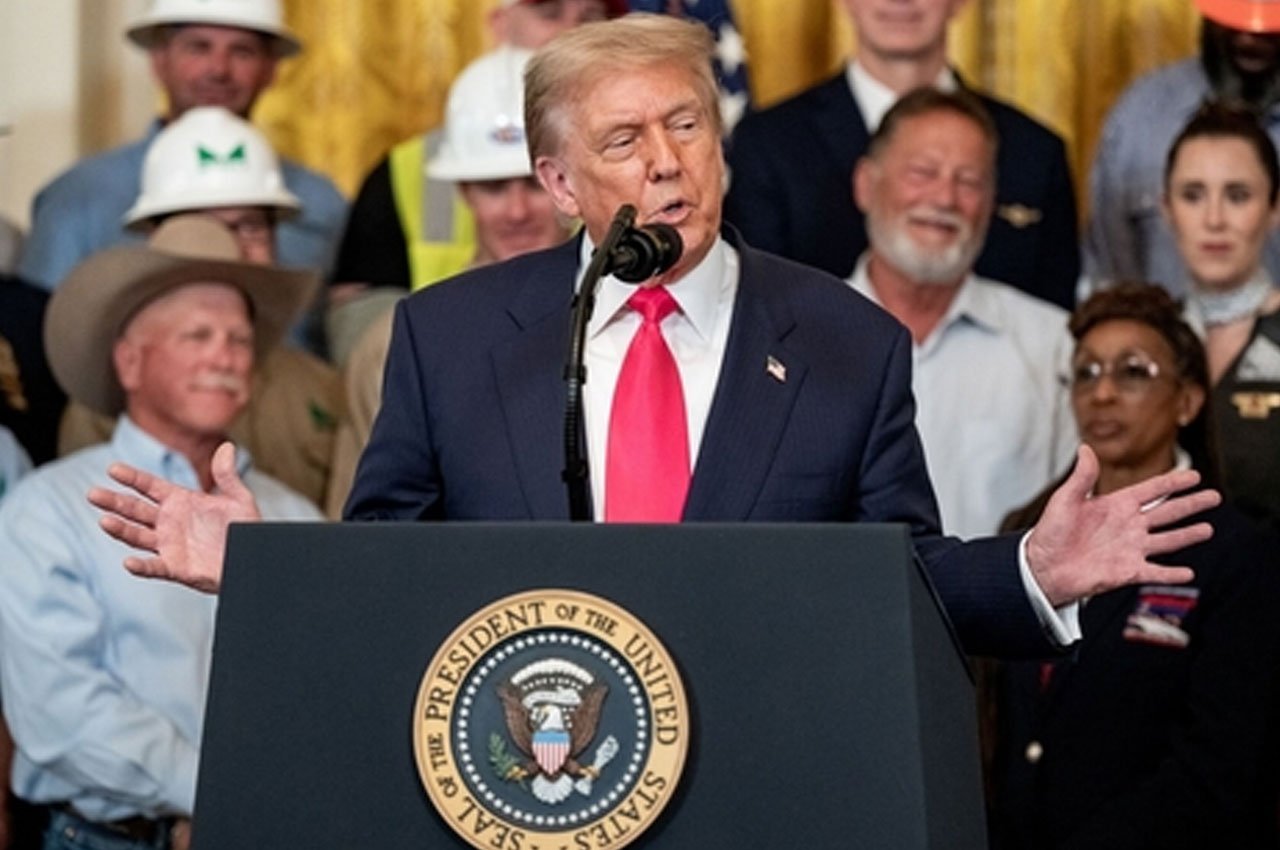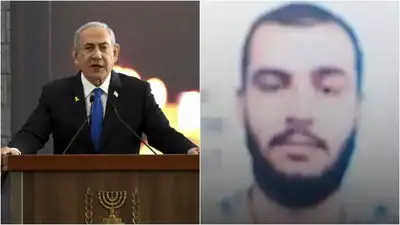U.S. President Donald Trump hints a “very big” trade deal with India. Photo Credit: HT
In a significant diplomatic signal, U.S. President Donald Trump hinted that a “very big” trade deal with India could follow closely on the heels of a new agreement with China. According to Hindustan Times, speaking at the White House “Big Beautiful Bill” event, Trump confirmed America’s latest trade pact with China and said, “we have one coming up, maybe with India, a very big one,” underscoring a growing focus on expanding bilateral economic relations.
Trump’s remarks come at a critical moment, with both countries working toward an interim agreement before the July 9 tariff deadline. Indian trade negotiators, led by special secretary Rajesh Agrawal, are in Washington for the final rounds of discussions. The proposed deal aims to reduce trade barriers and tariffs while boosting access to key sectors such as agriculture, energy, and defense.
However, significant disagreements over market access remain. U.S. officials continue to press India on tariff cuts for auto components, steel, dairy, and agriculture—sectors guarded by Indian policymakers concerned about protecting domestic producers and small farmers. India, meanwhile, is pushing for tariff relief on baseline U.S. duties and reduced non-tariff barriers in sectors such as IT and pharmaceuticals.
Commerce Minister Piyush Goyal has emphasized that any bilateral agreement must be “fair, balanced, and mutually beneficial.” Following Trump’s China pact—focused largely on rare earth minerals—India is emerging as the next priority in Washington’s trade strategy, highlighting not only steel and agriculture but also critical minerals and supply chain security.
Trump’s team, including Commerce Secretary Howard Lutnick, has expressed optimism regarding India, with Lutnick stating that a deal could happen “in the not‑too‑distant future” given the progress already made. Analysts suggest that a limited interim deal before the tariff deadline may pave the way for a comprehensive trade agreement by autumn.
Despite positive momentum, sticking points remain. The U.S. wants greater access for its wheat, corn, and dairy products—areas where India has historically resisted foreign competition. On the flip side, India is seeking reciprocal cuts on U.S. steel and automobile tariffs, along with preferential access for services and IT sectors.
Market reactions have been closely tied to developments. Indian stock markets saw gains in metal and automaker shares, interpreted as optimism that a favorable deal could avert tariff hikes. Meanwhile, global investors are awaiting updates, noting that the outcome could significantly impact India’s export competitiveness and trade deficit.
Trade experts warn that any deal must address structural issues such as intellectual property standards, data flow regulations, and non-tariff discrimination. With India positioning itself as the world’s fastest-growing large economy, the stakes include not only volume but also quality of trade—opening new markets in advanced manufacturing, digital services, and green energy.
Meanwhile, the broader geopolitical narrative suggests a shift in U.S. trade policy: moving away from unilateral tariffs and toward strategic alliances. By locking in trade agreements with economic rivals like China and India, the U.S. aims to diversify supply chains, secure critical materials, and counterbalance global economic shifts.
If finalized, a “very big” deal with India could serve as a strategic boost before the next Quad leaders’ summit, reinforcing economic cooperation amid rising global competition. Both nations have set a long-term target of doubling bilateral trade to $500 billion by 2030—a goal that would require significant progress in areas like energy, defense manufacturing, and infrastructure investment.
Domestic political dynamics are also in play. U.S. lawmakers would need to approve or extend trade authority for tariff reductions, while Indian farmers and industry groups will closely monitor any concessions on agri-products. The balancing act will test leaders in both capitals as they seek domestic backing for international compromises.
For now, Trump’s public acknowledgement of India as the next big trade partner—following the China deal—sends a powerful signal of renewed focus on the subcontinent. With negotiations intensifying and a tariff deadline looming, all eyes are on Washington and New Delhi to see if this “very big” promise transforms into a landmark agreement.
For more world news click here
Follow us for latest updates:




